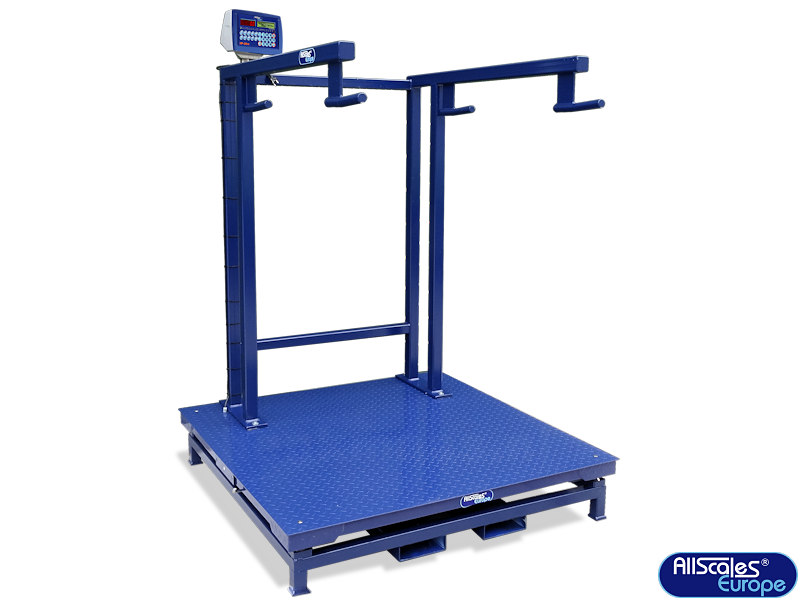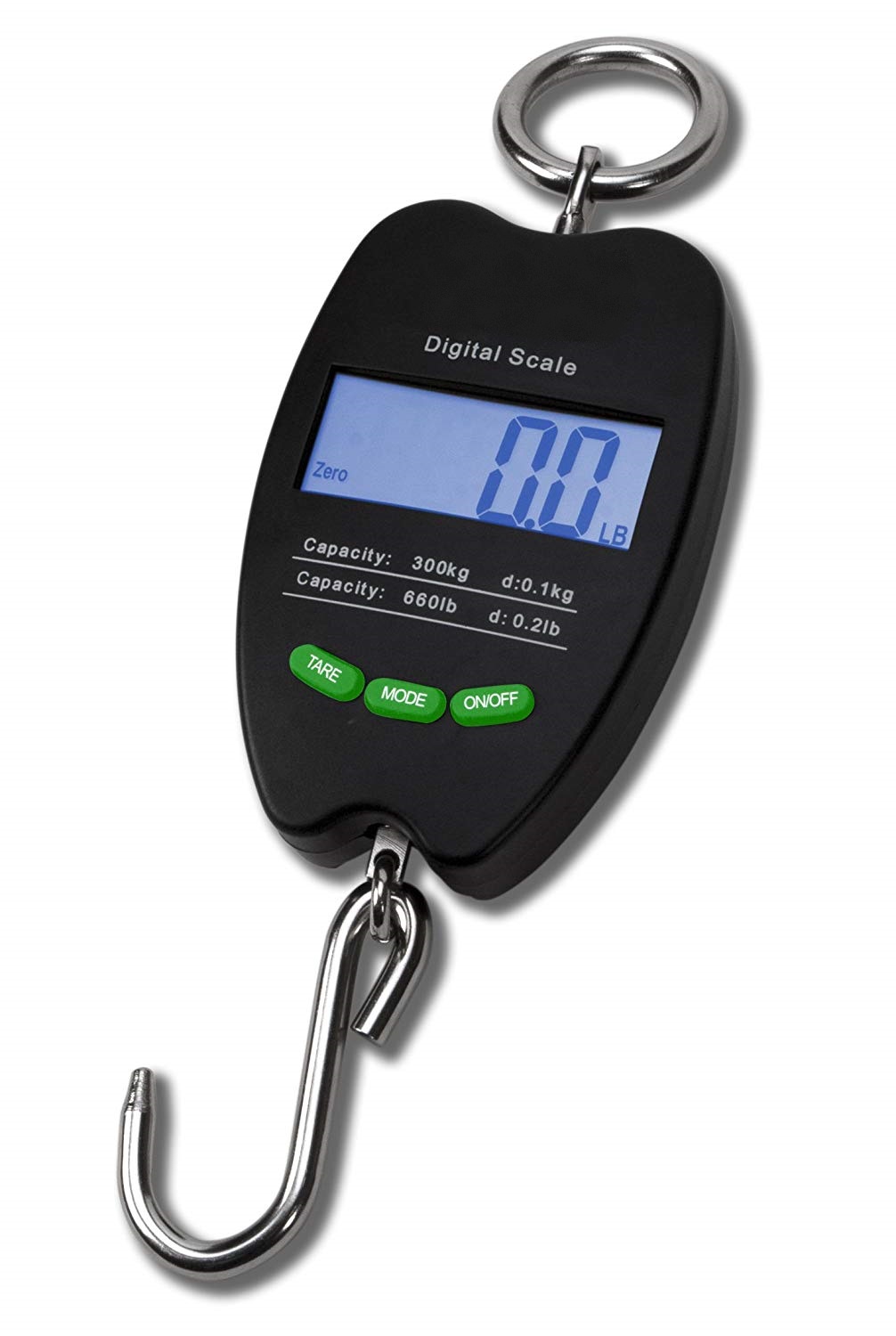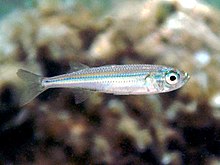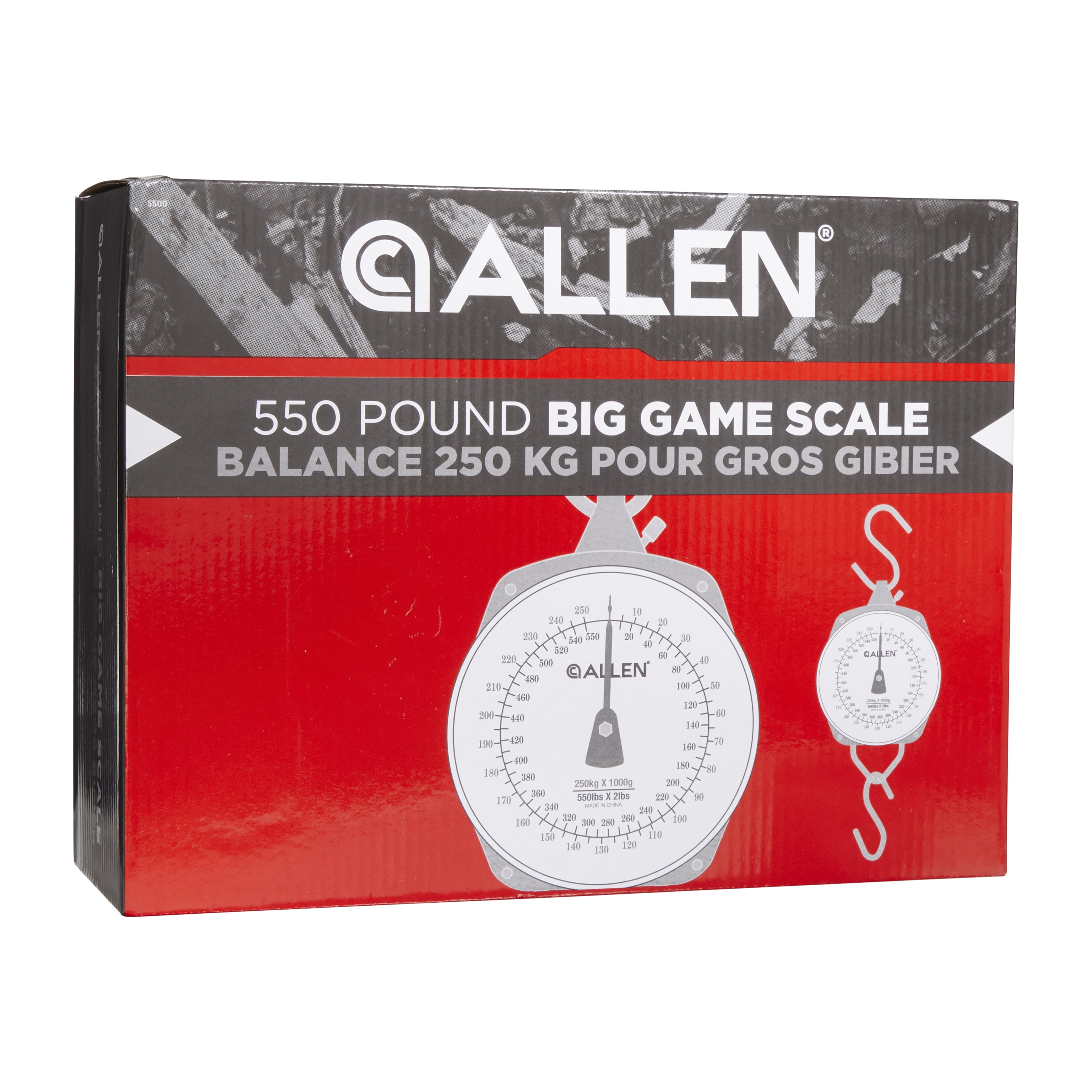JMSE, Free Full-Text
-
By A Mystery Man Writer
-
-
4.6(169)
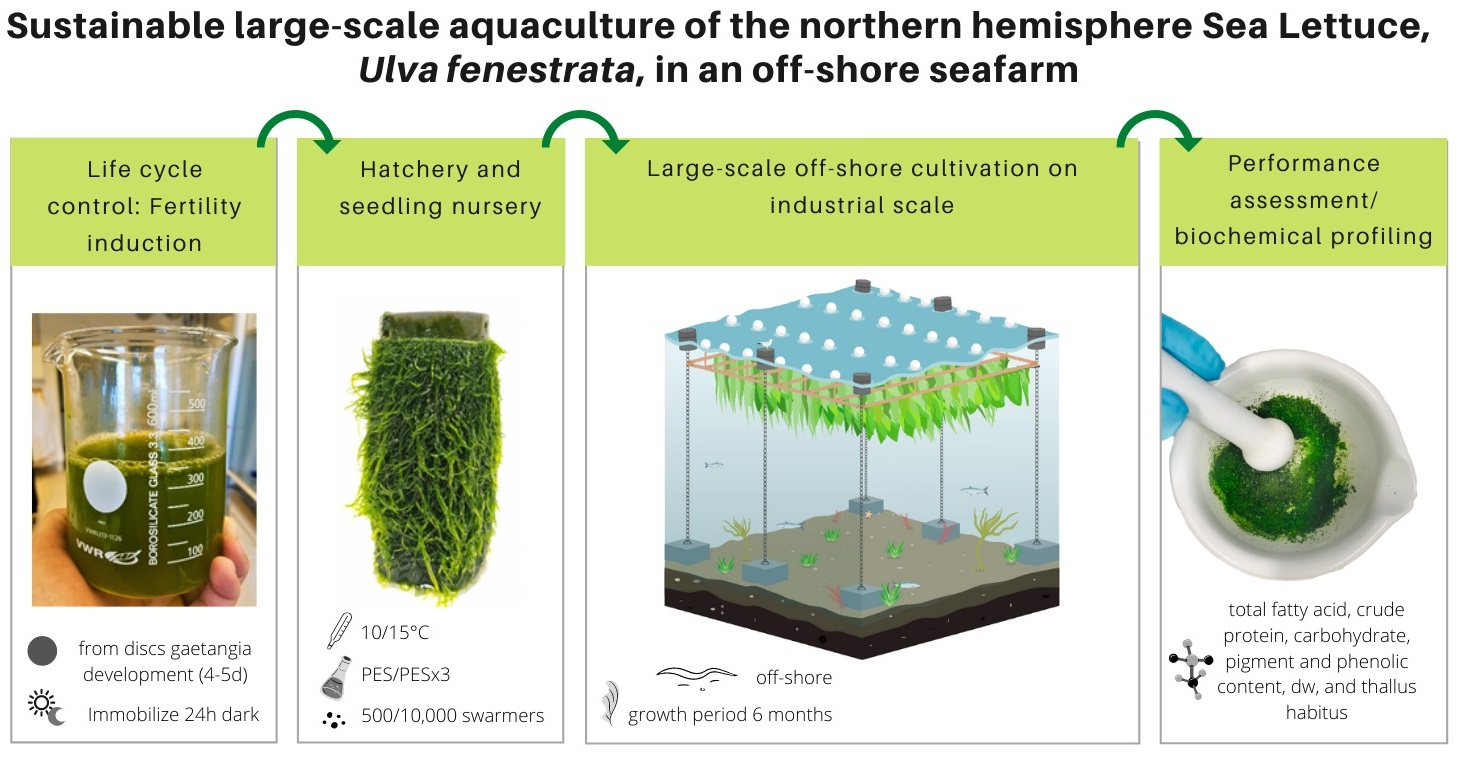
Product Description
The growing world population demands an increase in sustainable resources for biorefining. The opening of new farm grounds and the cultivation of extractive species, such as marine seaweeds, increases worldwide, aiming to provide renewable biomass for food and non-food applications. The potential for European large-scale open ocean farming of the commercial green seaweed crop Ulva is not yet fully realized. Here we conducted manipulative cultivation experiments in order to investigate the effects of hatchery temperature (10 and 15 °C), nutrient addition (PES and 3xPES) and swarmer density (500 and 10,000 swarmers ml−1) on the biomass yield and biochemical composition (fatty acid, protein, carbohydrate, pigment and phenolic content) of off-shore cultivated Ulva fenestrata in a Swedish seafarm. High seedling densities were optimal for the growth of this northern hemisphere crop strain and significantly increased the mean biomass yield by ~84% compared to low seedling densities. Variations of nutrients or changes in temperature levels during the hatchery phase were not necessary to increase the subsequent growth in an open-water seafarm, however effects of the factors on the thallus habitus (thallus length/width) were observed. We found no significant effect of the environmental factors applied in the hatchery on the total fatty acid or crude protein content in the off-shore cultivated Ulva. However, low seedling density and low temperature increased the total carbohydrate content and furthermore, high temperature in combination with high nutrient levels decreased the pigment content (chlorophyll a, b, carotenoids). Low temperature in combination with high nutrient levels increased the phenolic content. Our study confirms the successful and sustainable potential for large-scale off-shore cultivation of the Scandinavian crop U. fenestrata. We conclude that high seedling density in the hatchery is most important for increasing the total biomass yield of sea-farmed U. fenestrata, and that changing temperature or addition of nutrients overall does not have a large effect on the biochemical composition. To summarize, our study contributes novel insights into the large-scale off-shore cultivation potential of northern hemisphere U. fenestrata and underpins suitable pre-treatments during the hatchery phase of seedlings to facilitate a successful and cost-efficient large-scale rope cultivation.

The role and risks of selective adaptation in extreme coral habitats

Polar Plot in Grasshopper - Grasshopper - McNeel Forum
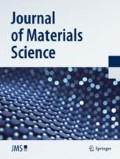
Journal of Materials Science

Initial Handwritten Jms Name Logo Design Stock Vector (Royalty Free) 2012522597
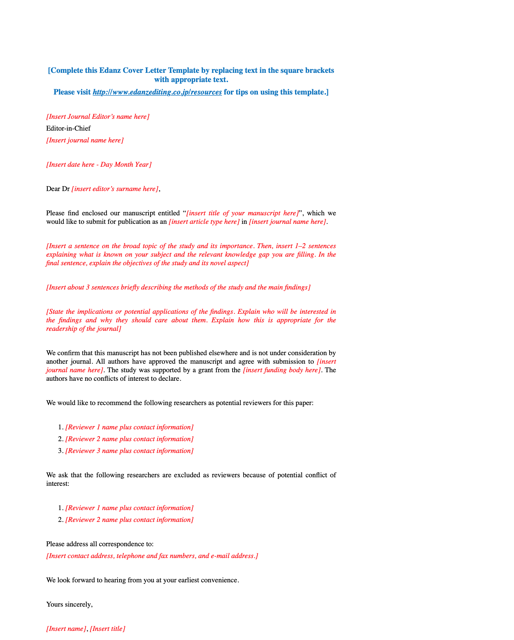
Writing a Successful Journal Cover Letter (Free Templates)
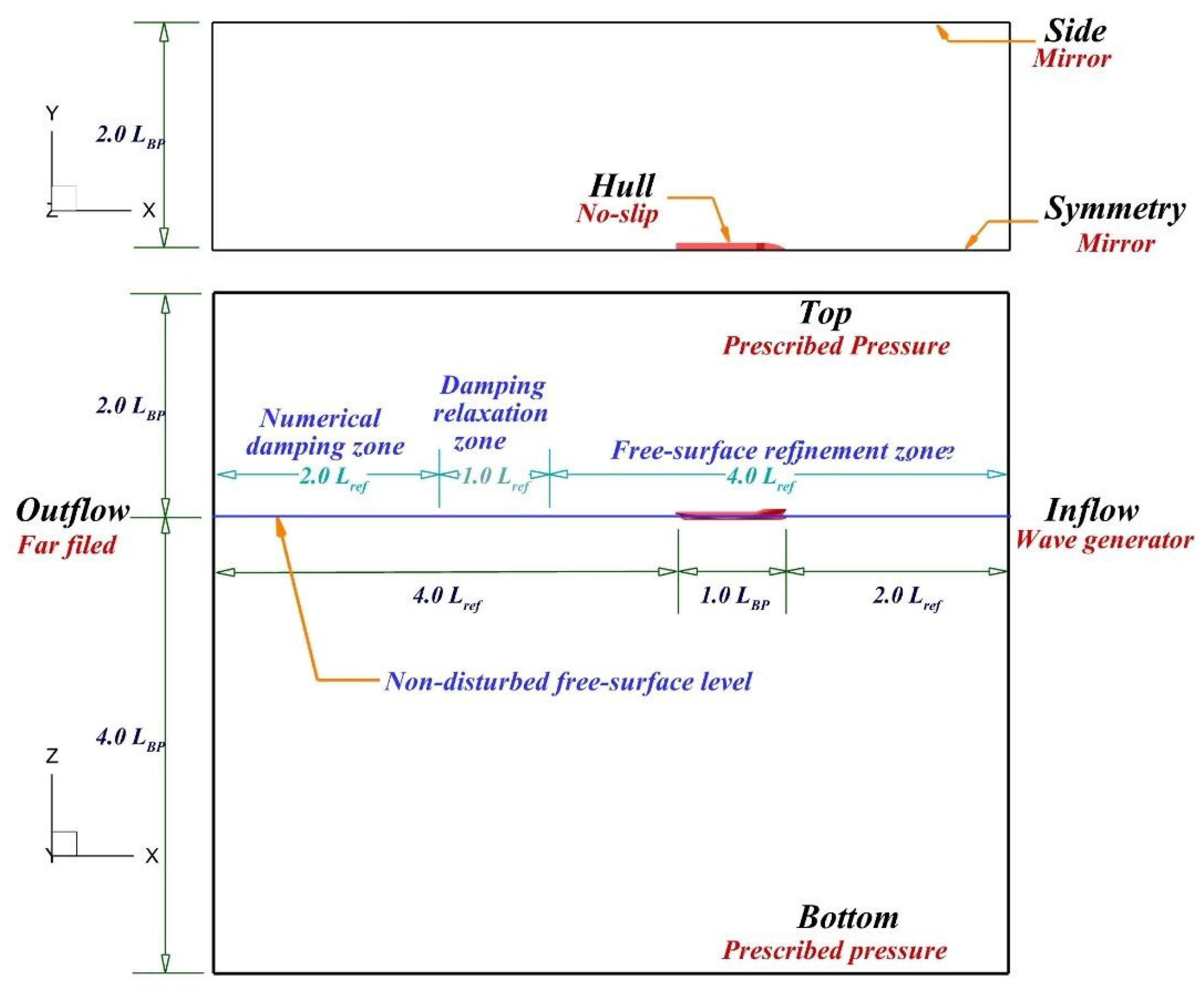
JMSE, Free Full-Text

Ahsan Iftikhar - University of Peshawar - Peshawar, Khyber Pakhtunkhwa, Pakistan

Jms Photos and Images

Coastal indices to assess sea-level rise impacts - A brief review of the last decade - ScienceDirect

Journal Publications JASCO Applied Sciences
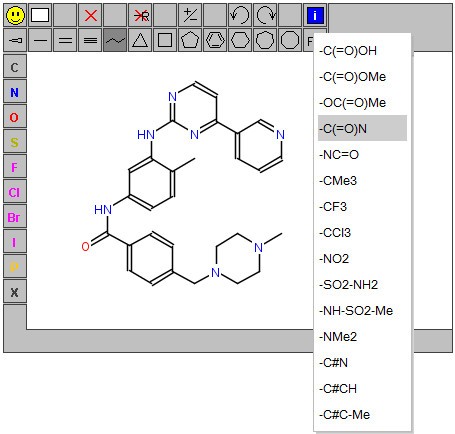
JSME: a free molecule editor in JavaScript, Journal of Cheminformatics

Hanes Just my Size Women's Plus Size Pure Comfort Front-Close Wirefree Bra Style 1274

Iso 15016 Pdf Get File - Colaboratory

JMSE, Free Full-Text


